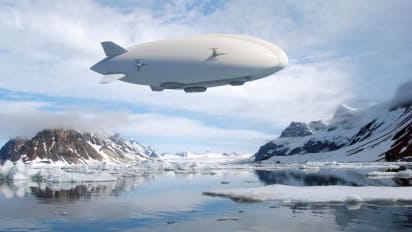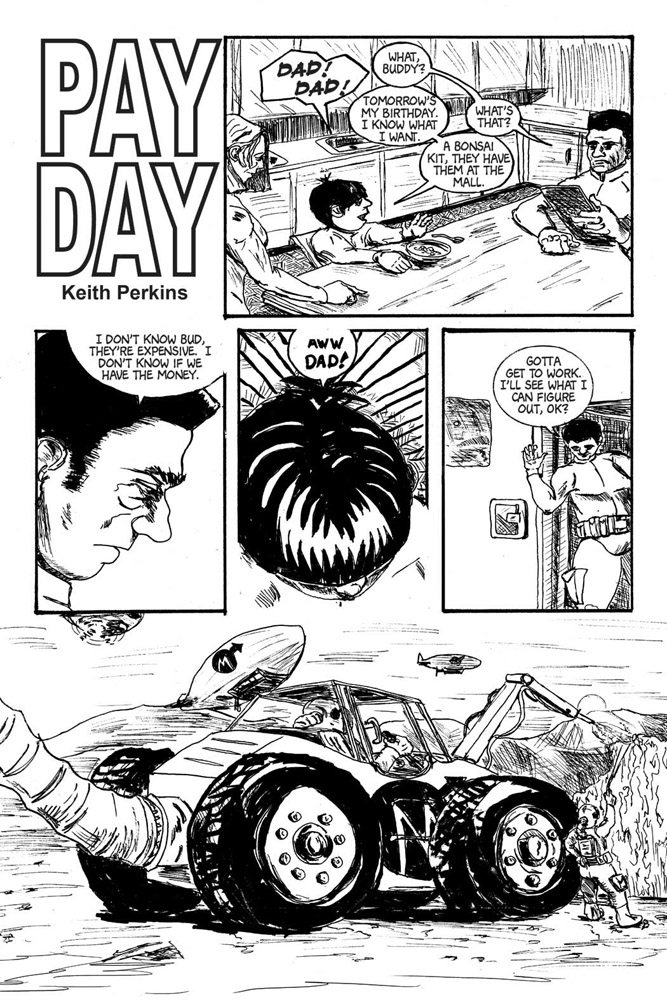
I fell in love with Bontacou’s work in 2004 when I saw a retrospective at MOMA. She died yesterday at age 91. What a life she had. Some quotes from a couple of nice articles about her below.
And though, Bontecou’s art may have directly referenced the world as she saw it around her, she never wanted to strictly define what it was about. That was up to the viewer. As she told the Chicago Reader when asked, “Do people ever ask you, ‘What does this mean?’ What do you say?”, she coolly replied, “I don’t answer at all. It’s what you see in it. What I see in it is something else. I don’t get caught up in that.”
Although Bontecou generally avoided discussing the meaning of her images, in a rare statement for the catalogue of the Museum of Modern Art exhibition “Americans 1963,” she suggested that her goal was to “build things that express our relation to this country—to other countries—to this world-to other worlds-in terms of myself.”5 The precise meaning of this relationship was explained only years later when Bontecou admitted that the iconography of these early projects was in part political, a response to the menacing specter of war and global destruction that she felt in the early ’60s.6







